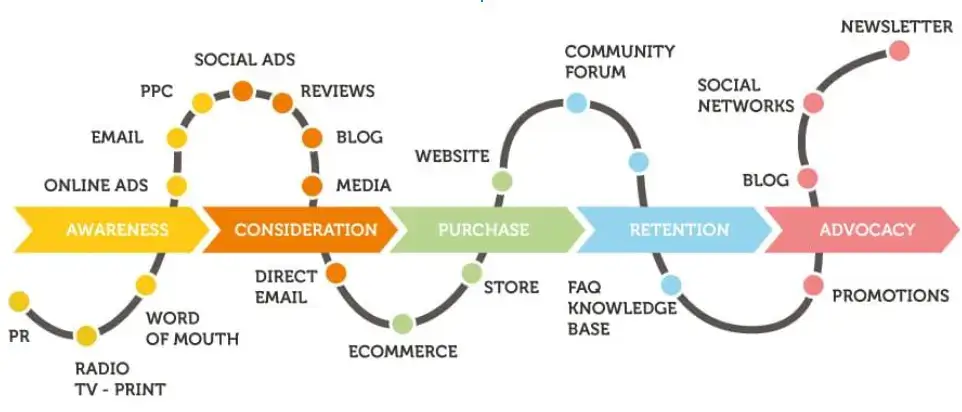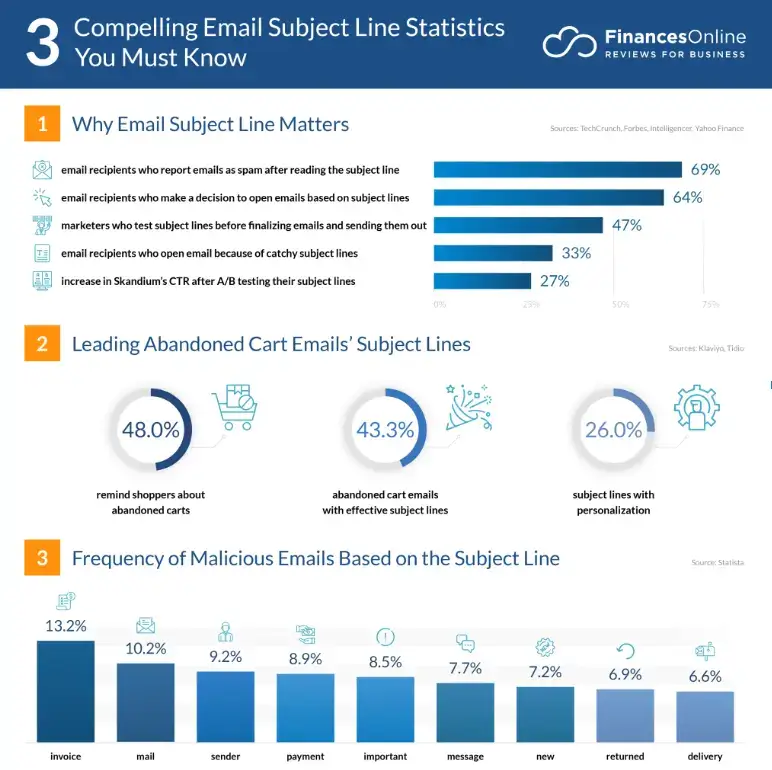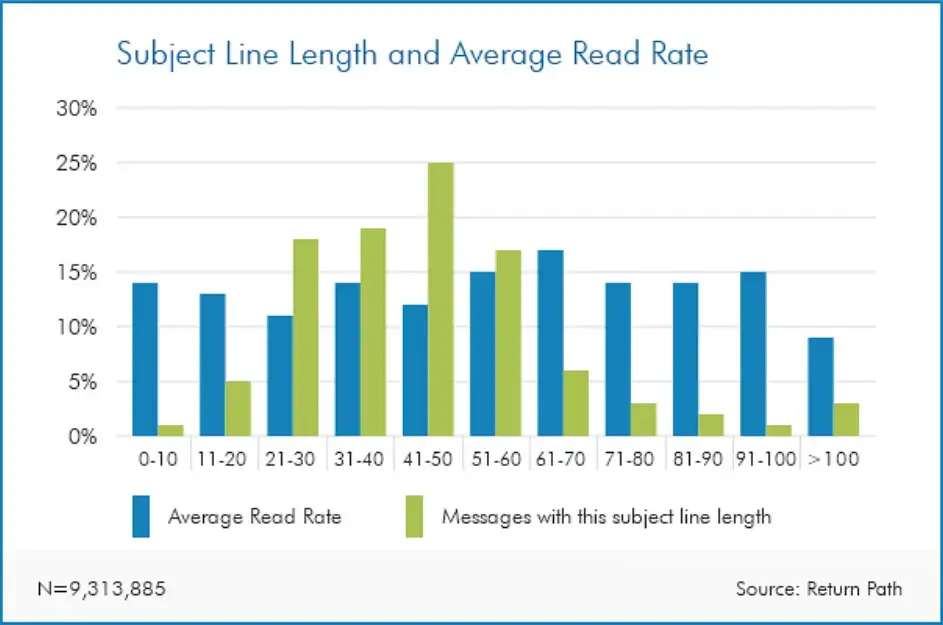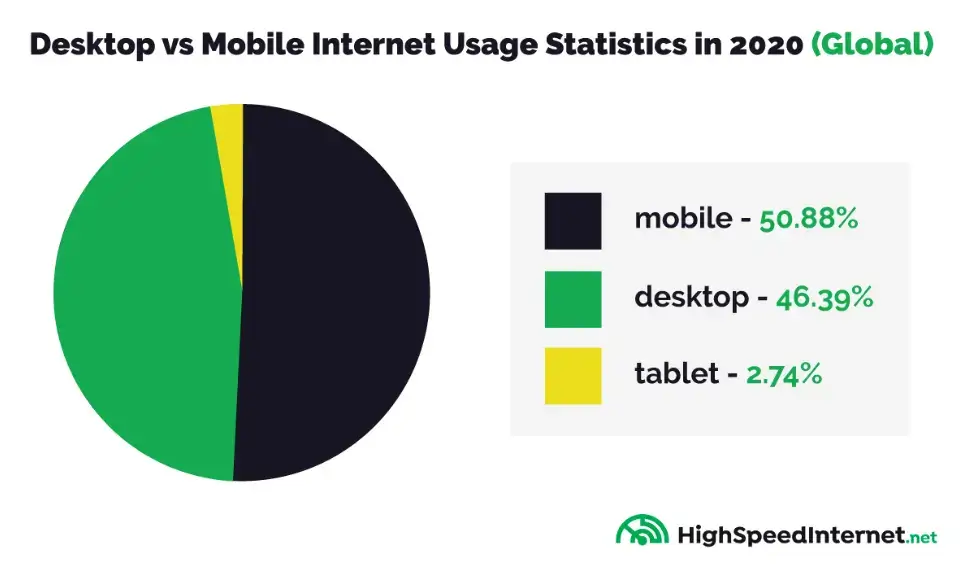Email marketing is one of the most cost-effective channels for today's businesses, with more than most organizations utilizing email marketing to contact and engage their audience.
And your results can look like this:

When email marketing is done correctly, with all the right sales strategies and sequences that make sense to your customers, the ROI above could be more than a dream.
Targeted and optimized email campaigns can boost engagement, sales, and branding efforts. Not to mention how interested leads are always up for some marketing content that gives them solutions.
Email marketing can boost your revenue if you're in the eCommerce business, especially if you use expert storytelling and targeted, tailor-made messages.
But let's take it from the top.
What is eCommerce Email Marketing?
eCommerce email marketing is the act of creating and sending automated emails to generate engagement and sales allowing your eCommerce store to reach its intended KPIs.
You can create sequences and content that can be as simple or complicated as you'd like. Your sequences can range between simple newsletters and highly personalized email marketing campaigns - or you can combine personalization with each campaign.
Generally speaking, your email marketing strategy can include anything that would work for your eCommerce store.
You can send campaigns to only a segment of your audience, use A/B testing tools, and find out exactly what users need. That way, you'll be able to build trust and credibility and establish yourself as an authority.
Of course, eCommerce email marketing takes work, including investing in tools like CRM, social media campaigns, and free email marketing services to automate your eCommerce business' mundane tasks.
These tools will help you create strategies from lead generation to making bottom-funnel customers engage with your content.
The main point here is to nurture customers and lead them down the funnel, not be in just for a quick sale. Let's see how you can achieve that.
eCommerce Lead Generation Comes First
With a good customer base, you can create an email list to do your eCommerce email marketing efforts justice. And this customer base is essential.
You'll first need a lead generation tool to gather those leads and build a successful email list. Using landing pages, subscription forms, and shareable content that leads to those is your best bet for creating an email list that makes sense for your eCommerce business.
Of course, you need to entice users with something to get them to sign up for your email list. Use an incentive, like a discount code or free shipping for new sign-ups, and schedule social media posts to promote your landing page link.
Urge your existing users to share this link with their peers and turn them into brand ambassadors. Use a little incentive for them. An exclusive discount code for each share would do the trick.
Lastly, enable a double opt-in for your new subscribers to protect your list-building efforts.
Generally speaking, double opt-in may seem counterintuitive; however, it's a foolproof way to distinguish between the genuinely interested leads and those who would enter a fake email address or wouldn't bother double-checking for a typo.
Segmentation and Personalization Are Second
Leading users down the funnel can be challenging. Especially in 2023, when users are wary of giving out their data. But there's a twist:

Giving up data to an organization they trust is a consumer's top priority.
On the other hand, a marketer’s top priority is to transform that data into useful and valuable marketing campaigns. Your email marketing campaigns will reflect this trust through triggered and highly personalized messages.
You should also be using tools based on AI and machine learning, like investing in an email marketing automation platform with robust automation builders.
These will help you create automated emails that stem from a user's action on your website. Using suitable email newsletter templates and dynamic content to show just the right thing at the right time will allow you to boost your eCommerce revenue.
Such tools allow brands to understand the user's behavior and create eCommerce email marketing campaigns that the users will love. They'll open a dialogue with the recipients that will seem natural.
These tools allow marketers to create small segments and personalize the content of each email to the point where the users will find exactly what they're looking for in your eCommerce store.
eCommerce Email Marketing and the Customer Journey
The digital customer journey is too complex to define appropriately, but in layperson's terms, it's moving across different stages of the funnel, from brand awareness to being a customer and then an ambassador for your eCommerce brand.
It is a tricky process, especially since eCommerce stores need to understand the reasons behind the users' website behavior, eventually leading to increased ROI and conversion.
The customer journey has the following stages:

Mapping the stages above and using your data to pinpoint the friction points and create a memorable customer experience can significantly affect your conversion rates.
Understanding the customers' journey allows marketers to know the right segment for the right campaign. For example, bottom-funnel customers would react poorly to a welcome email campaign.
They would probably not react in the first place. It’s more likely that they’d leave it on delivered or mark it as read without you ever knowing if they even read your email.
And, of course, the worst-case scenario is for the email to receive a spam flag because of its irrelevance.
Your eCommerce store needs welcome email campaigns as much as re-engagement emails. But to understand the email marketing campaigns that each lead needs, you must understand the stages of the purchase funnel first:
Purchase Funnel Stages and How They Apply to Email Marketing
-
Awareness stage
You'll need to create an eCommerce email campaign to greet them properly and give them more information.
Your welcome email marketing campaign is different from the place to sell. It is where you'll need to show your users what your brand is about and how your eCommerce store differs from your competitors.
-
Consideration stage
They've interacted with your website in some way, be it an abandoned cart or just clicking around.
At this point, sending them an email that will urge them to finish their purchase or look around some more would make perfect sense.
-
Purchase stage
Leads need to be aware of their purchase. It is where you need eCommerce email campaigns related to their order.
Use email sequences like transactional emails or order confirmations to ensure your credibility and make users feel comfortable doing business with you.
-
Retention stage
After users place their first order, you need to ensure that leads in the retention stage will do business with you again.
‘Thank You’ eCommerce email marketing campaigns are ideal for that. Ask for feedback and offer incentives like reward points, free luxury promo items, discount coupons, etc., to get them hooked.
-
Advocacy stage
Lastly, it's time to turn users into brand ambassadors. It is what the advocacy stage is for. Urge users to share their purchases through clever email copy, using UGC, and give something back to everyone who purchases through them.
Of course, understanding the customer journey and sending just the right thing at the right time will take more than just research. Marketing automation tools will give you insight into the users' behavior on your website.
eCommerce Email Subject Lines and Email Copy
Creating the perfect subject line is a tricky business. However, it’s something email marketers take quite seriously. The reasons are simple:

The subject line of your eCommerce email marketing campaign is what creates the first impression for your brand overall, and first impressions count.
Make good use of triggered email campaigns. Email triggers will help you refine your email's subject line. And don’t forget to avoid the spam folder by eliminating spam trigger words in your subject line.
Another email subject line element you should consider for your eCommerce email marketing campaign is the length. Here's why:

Of course, this is as true as the interaction between your emails and your leads. Test your hypothesis with an A/B testing email campaign and see how it fairs out.
Ensure your content and strategy resonates with what your subscribers want to see - both behavior-wise and content-wise.
For example, FOMO in your subject line may work beautifully in a cart abandonment sequence. Still, it will only do something if we're talking about the audience that frequents your funnel's awareness stage.
The main goal is to create a subject line tailor-made to the user's desire without being too cryptic, too much, or indifferent.
Onto the second component of an excellent eCommerce email marketing campaign: The email copy.
It's almost only possible to please everyone in your email list with the segmentation and personalization we discussed before.
Your eCommerce email marketing campaigns need to be valuable. Remember that people have grown wary of email blasts and non-personalized content.
For your eCommerce email marketing campaign, you'll need an email copy that will resonate with each recipient and boost customer loyalty.
It means it's time to use all customer segments - even the most underused ones - to create engaging email and sales CTAs that work.
Ensure your copy has actionable verbs that lead users from action A to action B and, eventually, to your CTA. Even with a quick scan, the user needs to understand the action that your eCommerce email marketing campaign requires of them.
Users will only convert with a CTA that makes sense to them and the rest of your email copy. Feel free to use bright and bold colors on your CTA button, especially if your brand's tone allows such action.
Clever wordplay, puns, bright colors, and actionable verbs are crucial to scoring better conversion rates and reaching the goal of each campaign.
Design and Mobile Responsiveness
Every campaign is complete with the right visuals. The look and feel of your eCommerce email marketing campaigns should be a crucial part of your content strategy.
The more relevant and personalized your visuals are, the more likely users are to interact with them, and the better your lead generation will be.
So, take a good look at your data and ensure you understand the hows and whys of your users' behavior on your website. But this is only half the job done.
The second half is creating eCommerce email marketing campaigns that are responsive. As mentioned above, users today are busy.
So much so that no user will wait to open their emails on a desktop device - instead, they'll forget an email with broken elements and move on with the responsive ones.

Not creating eCommerce email campaigns optimized for mobile devices is like leaving money on the table, especially when considering the above numbers.
Ensure your subject lines are short enough to appear on a mobile screen, your CTAs and images load correctly, and your design is clean and easy to navigate.
That way, your eCommerce email marketing campaigns will always hit the mark.
The Takeaway
Non-responsive email campaigns, sending the wrong email to the bad leads, and needing to segment email lists with somewhat personalized content properly are among the most common eCommerce marketing mistakes.
Avoid those and create email marketing campaigns that resonate with the user and speak to them one-on-one.
Make sure to send just the correct email at the right time, and be mindful of the stages where your eCommerce leads are in the sales funnel.
That way, you'll ensure they interact with your content and, in the end, convert.
Author Bio
Téa Liarokapi is a Senior Content Writer for Moosend, an email marketing and marketing automation platform, and an obsessive writer in general. In her free time, she finds new ways to fill her bookcase with books and content ideas—and cats—to play with.



